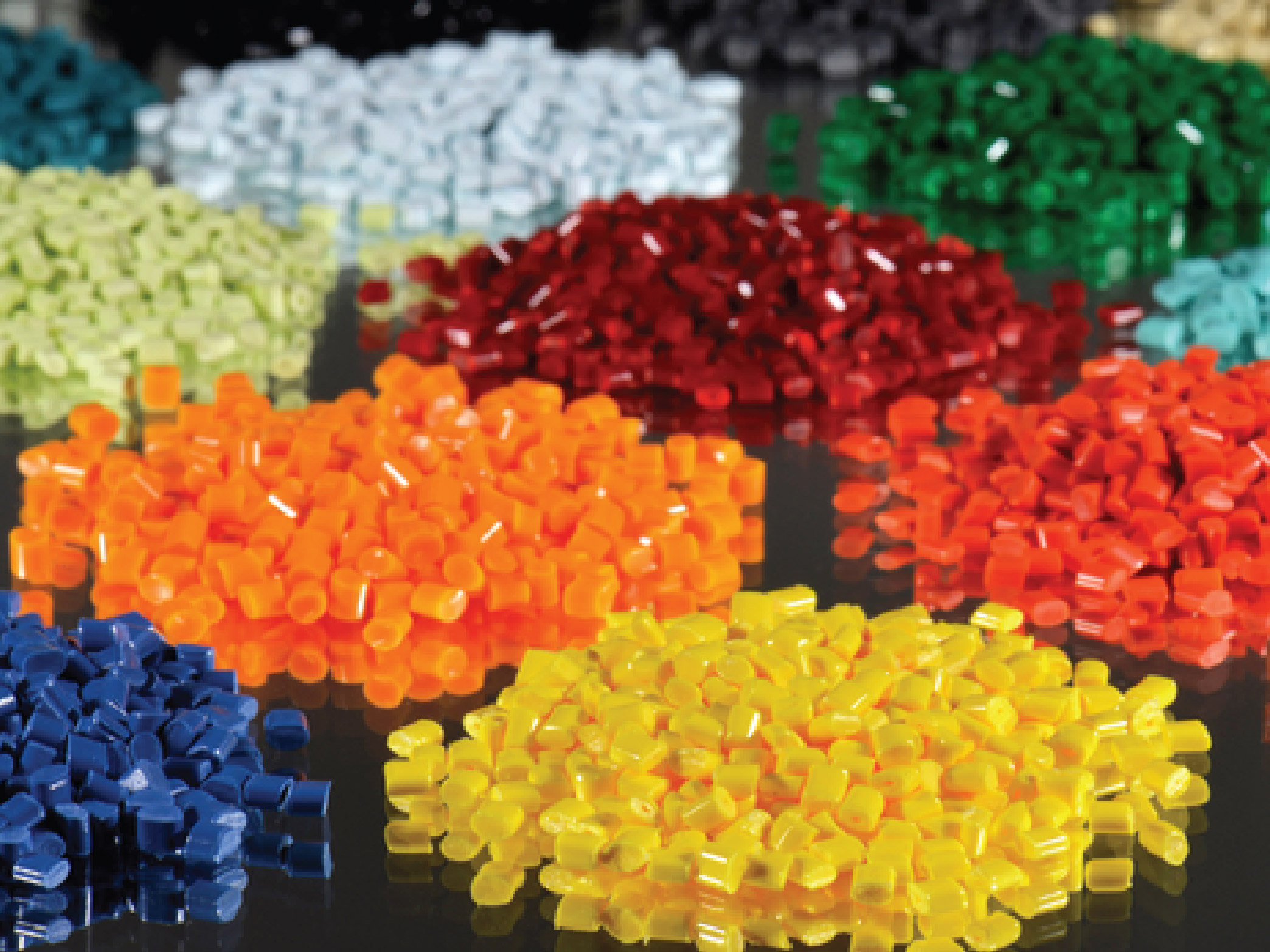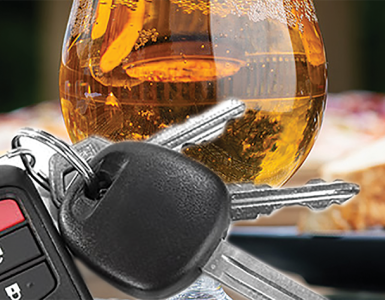TEST:Fibres and fragments found in 24 beer brands tested
By Thuli Zungu
Plastic products were now on our plates and poo, The Guardian newspaper reported in its edition in May this year. The newspaper stated that the scale of global microplastic contamination was only starting to become clear, with studies in Germany finding fibres and fragments in all of the 24 beer brands they tested, as well as in honey and sugar.
In Paris, researchers in 2015 discovered mi- croplastic falling from the air, and they estimated deposits to be three to 10 tons of fibres on the city each year. Deposits were also present in the air and in people’s homes. The places where microplastics and plastic fi-bres have been found are beginning to read like a supermarket shopping list, according to The Guardian.
Studies have found microplastics – that is, pieces or fibres smaller than 5mm – in foods in- cluding tea, salt, seaweed, milk, seafood, honey, sugar, beer, vegetables and soft drinks. Tap water also contains plastic. Bottled water contains even more. A study of rice bought from supermarkets and a bulk-food store in Queensland became the latest to deliver a warning, The Guardian reported.
Researchers found plastic in every sample, Including the rice was grown in Thailand, India, Pakistan or Australia and whether the rice was packaged in plastic or paper.
Washing the rice reduced the amount of plas- tic likely to be ingested. Most households only have access to tap water (which contains microplastics). The study says a 100g serve of rice typically contains 3.7mg of microplastics if it is unwashed, 2.8mg if it is washed or 13.3mg for instant rice (in the microwaveable pouches). A single grain of rice weighs roughly 30mg. Dr Jake O’Brien, a lead author of the study from the Queensland Alliance for Environmental Health Sciences, is reported as saying there are multiple opportunities for rice to pick up plastics, from the soils to the machines used to pick, store, move and process the rice, to the packaging and handling. O’Brien has also been finding levels of microplastics in prawns, oysters and sardines. He also took part in a study that found microplastics in the solid sludge left over at sewage works.
A team from Macquarie University in Sydney took samples of airborne dust from homes and in a study released earlier in May this year found about 40% of it was plastic. Microplastic is clearly making its way into our bodies because it has been found in human poo, according to The Guardian. Scientists in Italy developed a plastic-free protocol in a hospital delivery room and then examined placentas. They found microplastics there too.
The Covid-19 pandemic has created a whole host of problems that are simmering under the surface. The production of single-use plastics and waste has increased considerably, especially as PPE usage surged.































